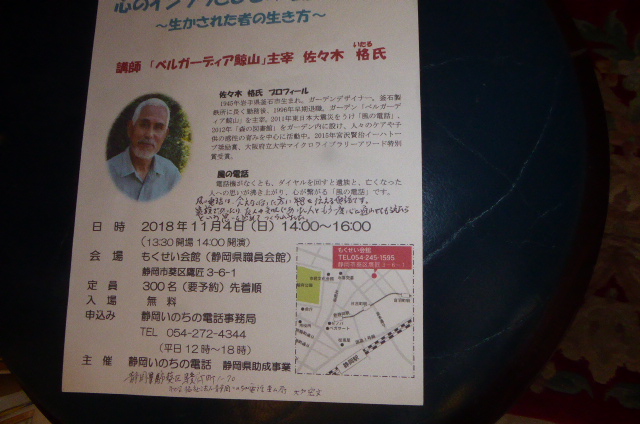
The movie production, main cast, director, etc. of “Wind Phone”, which has been underway since last fall, has been decided and information will be released.
Performers: Serena Motola, Hidetoshi Nishijima, Tomokazu Miura, Toshiyuki Nishida
Director: Atsuhiko Suwa “Ⅿ / OTHER”, “The Lion Sleeps Tonight”
Theatrical release is scheduled for early spring 2020, distributed by Broadmedia Studios. In this movie, a girl returns from Hiroshima to her hometown of Iwate, and through the journey to reach “Wind Phone”, “Relief of the Injured Heart” and the important things we are forgetting are engraved through the video. It is the contents to go.
Director Suwa and my comments were introduced at the crank-in.
[Director Atsuhiko Suwa]
We, who cannot wing a smartphone for a while, fall into the illusion that we are connected to all the world with just one hand operation. However, we may have forgotten that there are people and the world that are not so easily connected. The “Wind Phone” is quietly placed on a hill in Otsuchi Town, Iwate Prefecture. There are no easy-to-understand signs or guide maps, and it seems as if you are inviting us to travel, saying, “Come on, come here on your own.” From the time of visiting Kumano, traveling is an act of rebirth to be reborn. We will also travel with the injured hero Haru’s soul, aiming for a “Wind Phone”. For me, it’s been a long time since I shot in Japan, but like the signpost, wonderful performers will participate. I think a movie shows something and at the same time creates something invisible. I hope this movie will be a journey that can restore the power of creativity.
[Itaru Sasaki, “Wind Phone” installer]
“Wind Phone” is a phone that conveys your feelings to people you can’t meet. The desire to connect with the dead can give people hope to live. In life, one can create his own story and think of it as alive. When a loved one is lost, it is his sensibility and imagination that heals the sadness of the bereaved. Humans have a desire to regain what they have lost. Healing requires a new story through the imagination of being reconnected to the deceased.
This time, it was decided to make a movie of “Wind Phone”. The main character, Haru, who lost her parents in the great earthquake, gradually opens her heart to the kindness of various people during her journey. While visiting her hometown of Otsuchi, Iwate Prefecture, and asking herself, she realizes that her life is always meaningful. She says she’s “questioned by life” right now, so no matter how painful it is now, she doesn’t have to throw everything away.
Shooting with “Wind Phone” will be on April 30th.
This movie will be a national road show in early spring 2020.




 Poster from Iwate Reading Week Memorial Lecture
Poster from Iwate Reading Week Memorial Lecture

